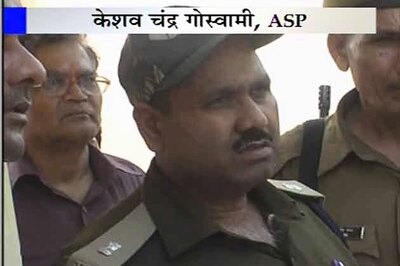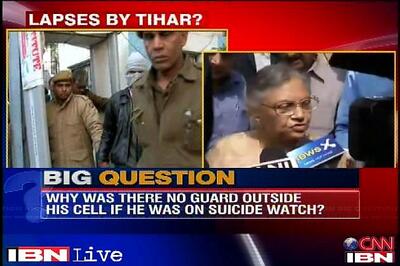
views
The News18 exit poll survey was conducted by Ipsos, the world’s most credible research agency, using meticulous planning, statistical rigor, high quality data collection, sophisticated analysis techniques and in-depth knowledge.
A total of 72 assembly constituencies were selected out of 288 constituencies in Maharashtra and then 432 individual polling station areas were selected for conducting interviews. In Haryana, 23 assembly constituencies were selected out of the total 90 and then 138 individual polling station areas were selected for conducting interviews.
At each polling station, 25 voters were randomly selected for conducting the exit poll. A total of 10,800 voters were interviewed from 72 assembly constituencies in Maharashtra and 3,450 voters were interviews from 23 assembly constituencies in Haryana.
Following aspects taken into consideration in the selection of assembly constituencies:
▪ Constituencies where a party has not lost an election in the past two elections
▪ Constituencies where the winning margin is low
▪ Constituencies which flip-flop election to election
▪ Constituencies that have “heavy weight” candidates
In each assembly constituency, six polling stations were selected using systematic random sampling (SRS) process and voters were randomly selected outside the polling station. Every third voter coming out of polling station was selected for the survey.
The interviewing process starts when the polls open and continues throughout the day until polls close to ensure better representation of the voters, coming in at different time cluster for voting.
Time cluster approach was used to conduct exit interviews at polling stations in each of the selected constituency. The survey was done for one hour following the survey protocol by three interviewers. All interviews were conducted using computer-assisted personal interviewing (CAPI) method.
To overcome prejudice/response bias, election symbols, including party names contesting in selected assembly constituency, were shown on a tablet screen, displayed like ballot box screen. When asking a voting related question, a virtual polling booth scenario was created, wherein we handed over the device (tablet) to respondent to mark the party they had voted for.
The questionnaire was translated into vernacular language (Marathi, Hindi) which is mainly spoken in the respondents’ state.
A team of about 12 QC executives conducted concurrent quality checks on the interviews before accepting or rejecting the data. Live monitoring, data on real time basis and GPS-enabled devices had also ensured the quality of field work. The Ipsos team had preempted likely on-ground challenges and risk assessment and mitigation strategies were accordingly planned in advance.
The data was weighed to reflect the constituency profile on age, gender, caste, religion and voter turnout.




















Comments
0 comment